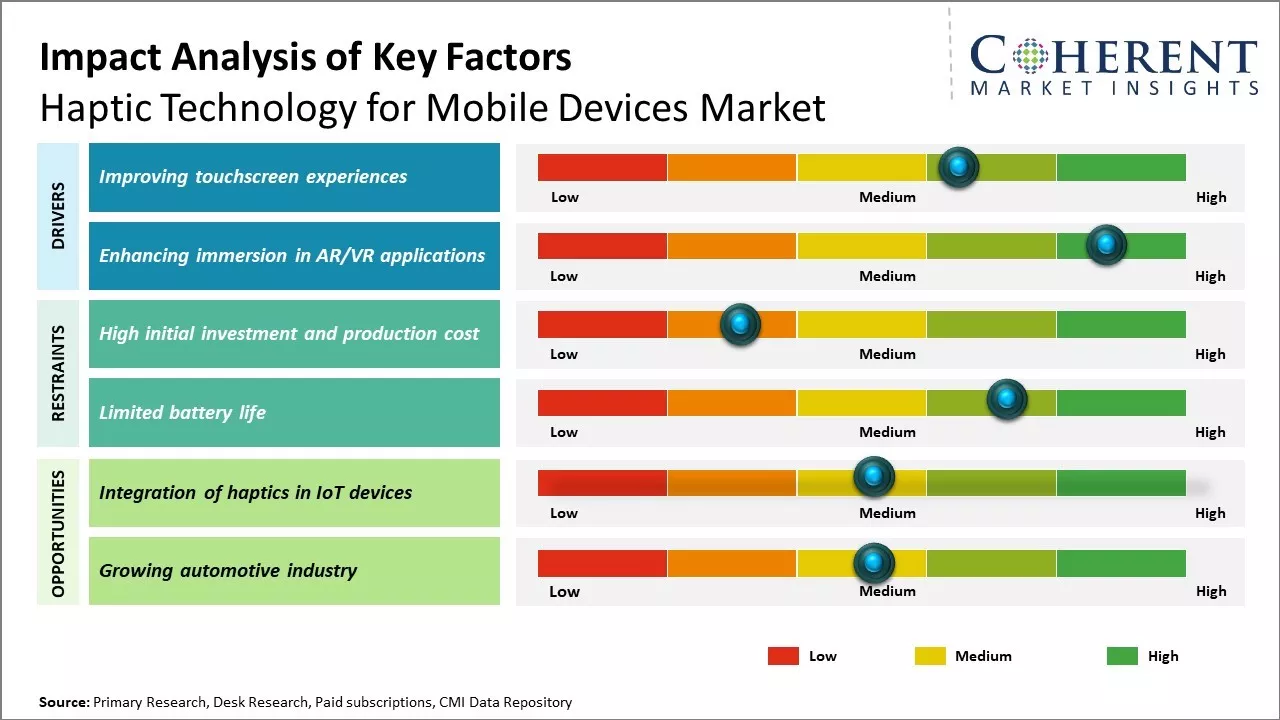The Haptic Technology for Mobile Devices Market is estimated to be valued at US$ 4.73 billion in 2025 and is expected to reach US$ 18.49 billion by 2032, exhibiting a compound annual growth rate (CAGR) of 21.5% from 2025 to 2032. The incorporation of haptic technology allows mobile devices to emulate tactile feedback through vibrations or motions, enhancing user experience.

To learn more about this report, Request sample copy
The market is expected to witness significant growth over the forecast period. This can be attributed to the rising demand for interactive and immersive technologies across industries. As haptics provide a more lifelike simulation to digital interfaces, major tech companies are investing heavily in R&D to integrate advanced haptic solutions in their products. Growing penetration of VR/AR applications and increasing usage of smartphones are also driving the need for haptics. The adoption of haptics is further expected to elevate with the proliferation of 5G technology enabling more sophisticated haptic experiences.
Joining thousands of companies around the world committed to making the Excellent Business Solutions.
View All Our Clients